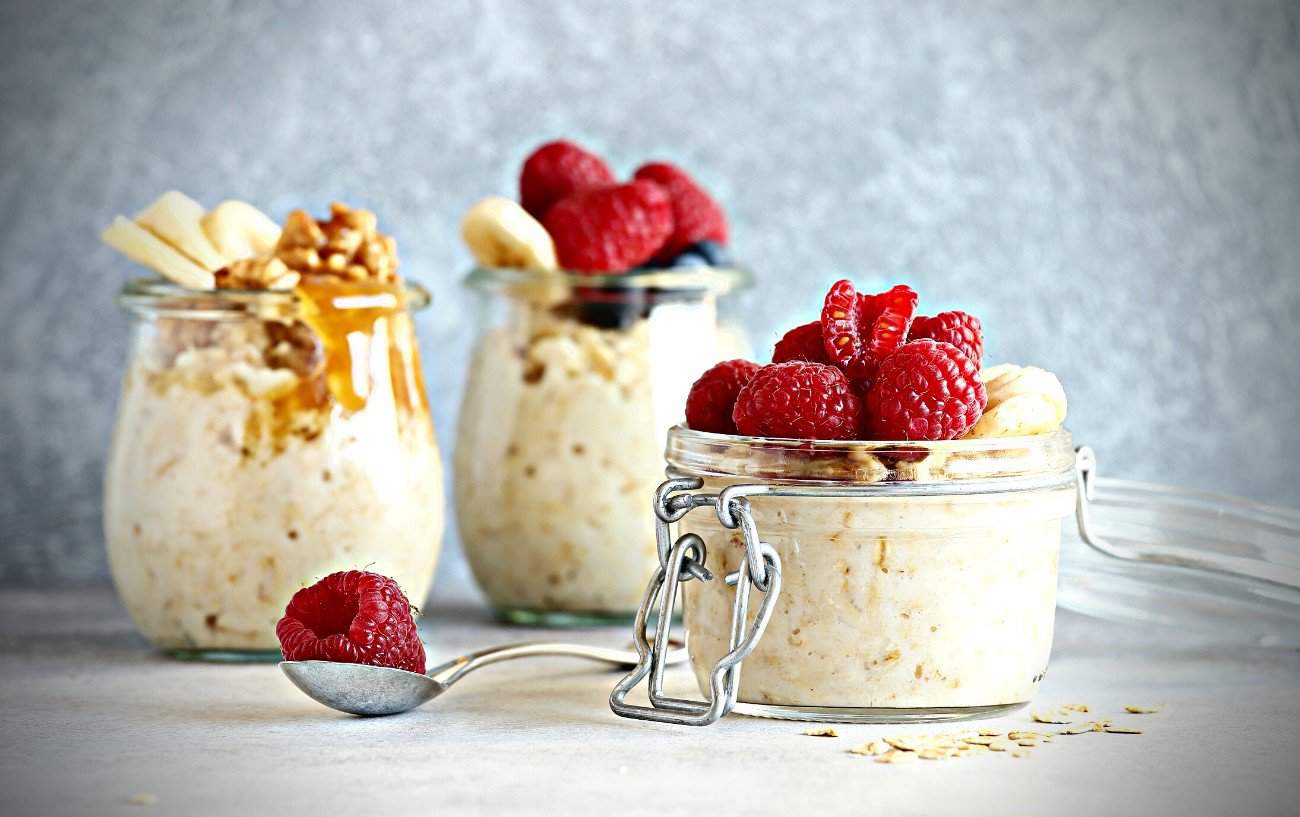Whether you are trying to lose weight, maintain your weight, or gain weight, it’s very important to know how many calories you are burning in a day.
Although many factors can affect your weight in either direction, there is definitely some truth behind the concept of the “calories in” versus “calories out” equation.
When we consider the “calories in” side, we are looking at any calories you consume through food or drink. Calculating your calorie intake is relatively easy, so long as you are willing to measure your portion sizes and look up the nutrition facts. You can also use a calorie calculator or app to help you keep track.
However, the “calories out“ metric of the simple energy balance equation is more complicated to calculate. Referred to more formally as total daily energy expenditure (TDEE), the “calories out” portion is your total calorie expenditure in a day.
Several factors affect your total daily energy expenditure, and none of them are as easy to estimate as the calories you’re taking in.
In this guide, we will cover all the nuts and bolts of total daily energy expenditure (TDEE), including the definition, the factors that affect it, and how to estimate yours to have an accurate baseline.

What Is TDEE?
As mentioned, TDEE stands for total daily energy expenditure. The definition encompasses all sources of caloric expenditure in a day, which means that your TDEE is an estimation of the total number of calories your body burns in a day.
When calculating your total daily energy expenditure, remember that this number includes more than just the calories you burn during exercise.
Instead, your TDEE is the sum of the calories burned due to your basal metabolic rate (BMR), the physical activity you do in daily activities (working, cooking, etc.), deliberate exercise, and diet-induced thermogenesis.
How Is TDEE Calculated?
Let’s look at each of the factors that contribute to your TDEE.
Or, jump to the TDEE Calculator.

#1: BMR
Your basal metabolic rate (BMR) refers to the number of calories you burn at rest just to keep your body alive.
In other words, your BMR is the number of calories your body must burn at a bare minimum for basic (basal) functions like breathing, maintaining a heartbeat to circulate blood to your tissues, and processing nutrients.
You will sometimes hear the term “resting metabolic rate” (RMR) or resting energy expenditure used interchangeably with BMR.
However, RMR is a slightly higher number that denotes the number of calories you burn per day resting with a few more normal, healthy functions above the do-or-die level of BMR.
Several factors determine your BMR, namely your current weight and body composition, your sex, your age, and your training status.
In terms of body weight and composition, the larger you are (the more you weigh), and the more lean mass you have relative to your body fat percentage, the higher your BMR will be.
To make two simple comparisons, someone who weighs 90 pounds will have a lower BMR than someone who weighs 160 pounds, while someone weighing 180 pounds with 11% body fat will have a higher BMR than someone who also weighs 180 pounds but has 28% body fat.
In terms of sex, males typically have a higher BMR than females, largely due to differences in lean body mass and the relative size of metabolically active organs like the liver.
BMR decreases with age, dropping more notably in aging seniors, largely due to sarcopenia (muscle loss).

Your training status—how active you are—can also influence BMR, along with your genetics, diet, and hormones. However, the factors above are typically the most significant.
In terms of TDEE, your BMR usually constitutes not only the highest percentage of the total energy expenditure per day relative to the other sources of calories burned but also the overall majority of your TDEE.
The American Council on Exercise1Fitness & Healthy Lifestyle Blog | ACE. (n.d.). Www.acefitness.org. https://www.acefitness.org/resources/everyone/blog/ reports that your BMR represents about 60-75% of the total calories you burn in a day, though it depends somewhat on how active you are, both in terms of planned exercise and physical activity accumulated as you go about your day.
The more active you are above “basal” or resting conditions, the smaller the overall contribution your BMR will have on your total daily energy expenditure.
For example, let’s compare two different women who both have a BMR of 1,200 calories.
For simplicity, we will ignore the contribution of diet-induced thermogenesis to TDEE by assuming both our hypothetical subjects have the same daily calorie expenditure from diet-induced thermogenesis.
Suppose person A is a marathon runner who regularly burns about 600 calories daily in her workouts. On top of this, she’s a busy school teacher who is on her feet most of the day.
As a result, she might burn 1200 calories above her BMR daily, bringing her total daily energy expenditure to 2400 calories.
In this case, her BMR constitutes 50% of her TDEE.

On the other hand, person B is relatively inactive, though she does light exercise, such as low-intensity yoga workouts, most days of the week.
In these workouts, she burns 150 calories, but she is relatively sedentary for the rest of the day, doing only light housework and taking her dog for brief walks.
Based on her activity level, she might burn only 600 calories per day above her BMR.
Therefore, her TDEE is only 1,800 calories per day, with her BMR comprising 67% of her total energy expenditure.
Unless you go to a physiology lab for metabolic testing, you have to estimate your BMR.
Although several popular RMR equations exist, a study comparing the most common RMR formulas2Frankenfield, D., Roth-Yousey, L., & Compher, C. (2005). Comparison of Predictive Equations for Resting Metabolic Rate in Healthy Nonobese and Obese Adults: A Systematic Review. Journal of the American Dietetic Association, 105(5), 775–789. https://doi.org/10.1016/j.jada.2005.02.005 found that the Mifflin-St Jeor was the most accurate.
The Mifflin-St Jeor Equation 3A new predictive equation for resting energy expenditure in healthy individuals. (n.d.). Read.qxmd.com. https://read.qxmd.com/read/2305711/a-new-predictive-equation-for-resting-energy-expenditure-in-healthy-individuals can be used to calculate RMR, which is close enough to BMR to be used as a substitute.
Moreover, this RMR formula is considered to be accurate within 10% of the measured resting metabolic rate.
The Mifflin-St Jeor formulas for each sex are as follows:
Men: 10 x weight (kg) + 6.25 x height (cm) – 5 x age (y) + 5
Women: 10 x weight (kg) + 6.25 x height (cm) – 5 x age (y) – 161

#2: Exercise
Planned exercise, such as running, lifting weights, cycling, or HIIT workouts, constitutes a portion of TDEE called exercise activity thermogenesis (EAT).
Various factors in your workout affect the amount of calories you will burn for this aspect of your TDEE, and they will likely change day to day based on the specific workout you do.
The type of exercise, length of the workout, and intensity of your effort are the key factors that influence the number of calories you burn by exercising.
The exercise portion of your total energy expenditure is highly varied, depending on your training status. It might be anywhere from a few hundred calories per day to 1,200 calories or more.
For competitive athletes, the EAT section of the TDEE may account for 30-50% of the pie, whereas for recreational athletes, the contribution of calories burned during exercise to total daily energy expenditure might be closer to 15-25%.
The most accurate way to estimate the calories burned during exercise is to wear a heart rate monitor.
If this isn’t possible, you can usually find online calculators to estimate the number of calories you burn during common activities such as running, swimming, cycling, etc.

#3: Physical Activities of Daily Living
In addition to the number of calories you burn during planned workouts, you also burn calories throughout the day in what is termed non-exercise activity thermogenesis, or NEAT.
Recall that BMR is merely the number of calories you burn per day resting completely stationary in a bed for the entire day.
It takes additional energy and thus burns calories to get out of bed and do all of the various activities of daily living like preparing meals, basic hygiene, going to work, walking the dog, taking care of your children, etc.
When determining your TDEE, NEAT is essentially a measure of the calories you burn while doing any physical activity other than deliberate exercise.
The more movement you make throughout the day, including standing, walking, carrying things, etc., the higher your NEAT will be.
Different TDEEs use various “activity multipliers” to estimate your daily NEAT caloric expenditure.
When you use the Mifflin-St Jeor equation to estimate your BMR, you can multiply the value by the following scale factors for physical activity levels:
- Sedentary = RMR x 1.2
- Lightly active = RMR x 1.375
- Moderately active = RMR x 1.55
- Active = RMR x 1.725
- Very active = RMR x 1.9
For example, someone who sits at a desk all day for work and does some light housework might multiply their BMR by 1.375 to account for their daily physical activity, whereas someone who works on their feet all day, such as a construction worker, might multiply their BMR by 1.9.

#4: Diet-Induced Thermogenesis
The remaining factor that affects how many calories you burn in a day is diet-induced thermogenesis, also called the thermic effect of food. This refers to the number of calories you burn per day digesting your food.
Dietary-induced thermogenesis typically constitutes about 5 to 15% of your daily caloric expenditure, depending on your diet.
Evidence suggests4Westerterp, K. R. (2004). Diet induced thermogenesis. Nutrition & Metabolism, 1(1), 5. https://doi.org/10.1186/1743-7075-1-5 that diets high in protein and alcohol increase diet-induced thermogenesis, whereas diets high in fat have the opposite effect. This is because it takes a larger amount of energy to break down certain nutrients.
Studies show5Jéquier, E. (2002). Pathways to obesity. International Journal of Obesity and Related Metabolic Disorders: Journal of the International Association for the Study of Obesity, 26 Suppl 2, S12-17. https://doi.org/10.1038/sj.ijo.0802123 that the thermic effect of protein is 25–30% in terms of the percentage of the energy content.
For example, if you eat 100 calories of protein, 25-30 calories are burned right away just by digesting the food, leaving a net caloric gain of only 70-75 calories from that food.
In contrast, the thermic effect of carbohydrates is 6–8%, and that of fat is 2–3%.
It’s not really possible to calculate the calories burned from dietary-induced thermogenesis, so estimating a couple of hundred calories usually suffices.
Once you have an estimation of each of the four components of your total daily energy expenditure, you can add them together.
You can then use your TDEE to determine your daily caloric needs.
How Do I Adjust My Calorie Intake Based On My TDEE For Weight Loss?
Remember, you must consume fewer calories than your TDEE for weight loss and be in a calorie deficit. This will ultimately result in fat loss.
For weight maintenance, you should consume the same number of calories as your TDEE.
Lastly, you need to eat more calories than your total daily energy expenditure for weight gain.
If you are looking for a starting point for a great runner’s diet that will be in line with your fitness goals, we have just the guide for you.
The following guide will answer all your FAQs on macronutrients, or macros, and how to balance carbs, proteins, and fats into your diet to have enough energy intake to keep you active:
TDEE Calculator













